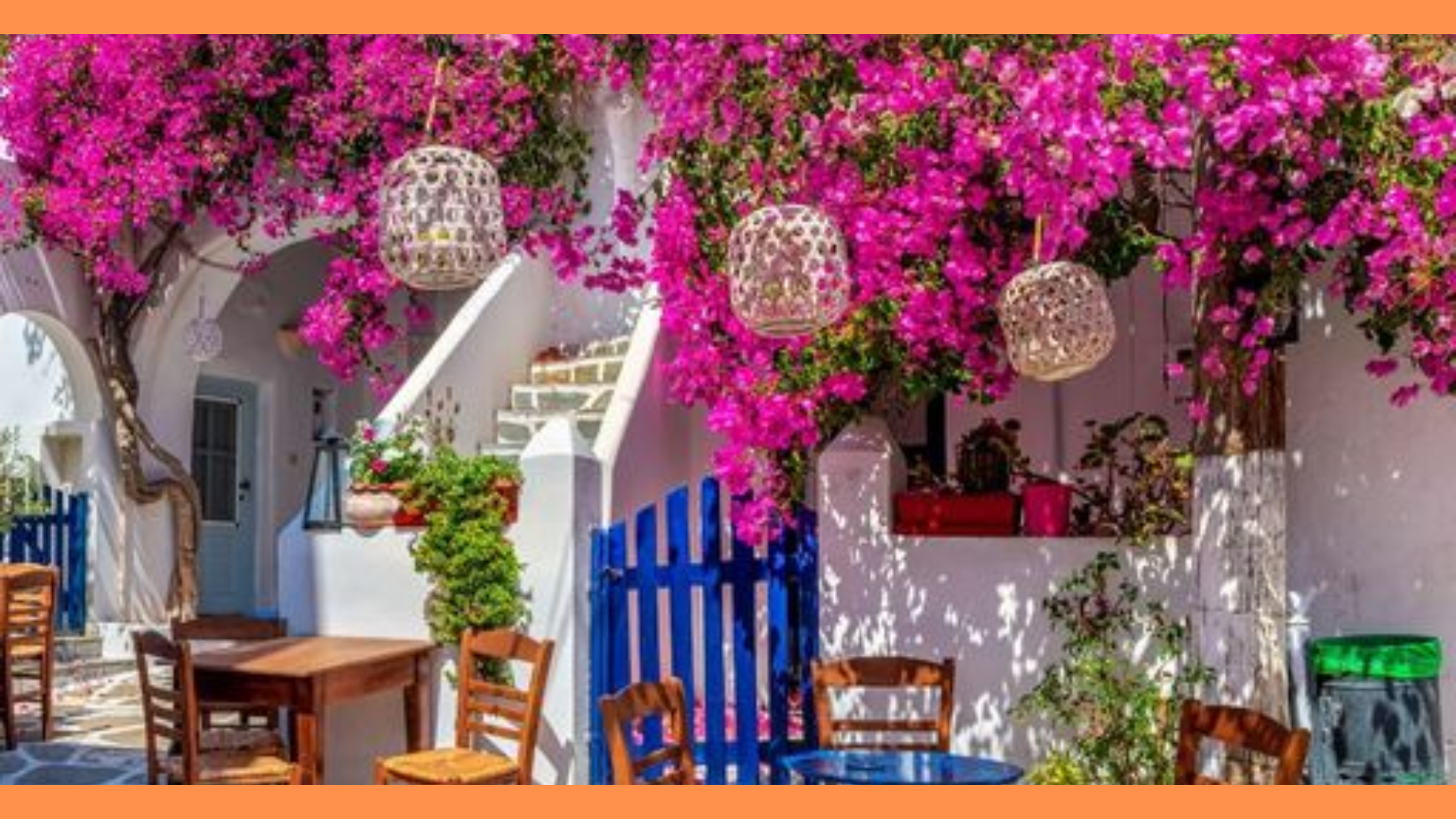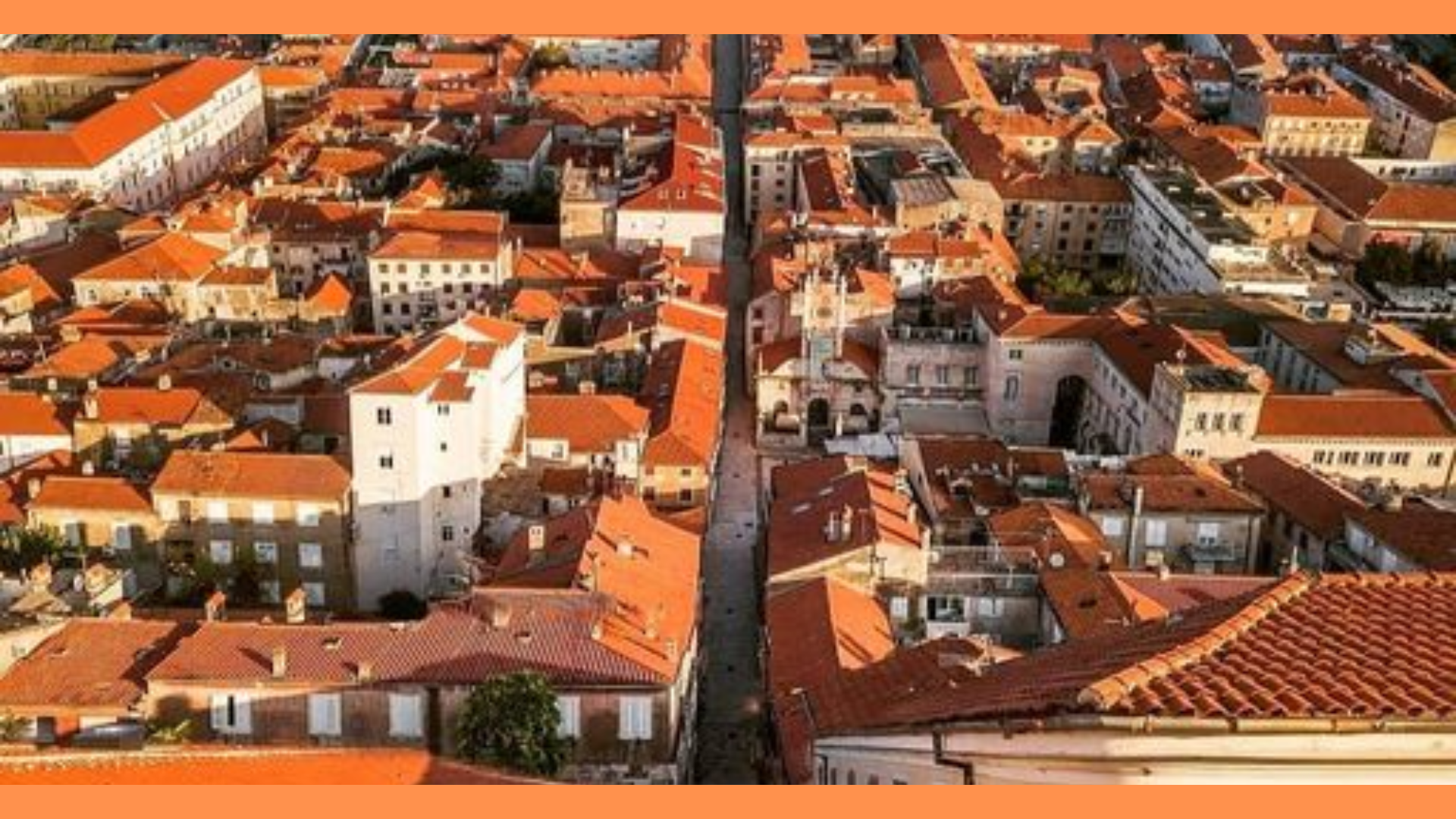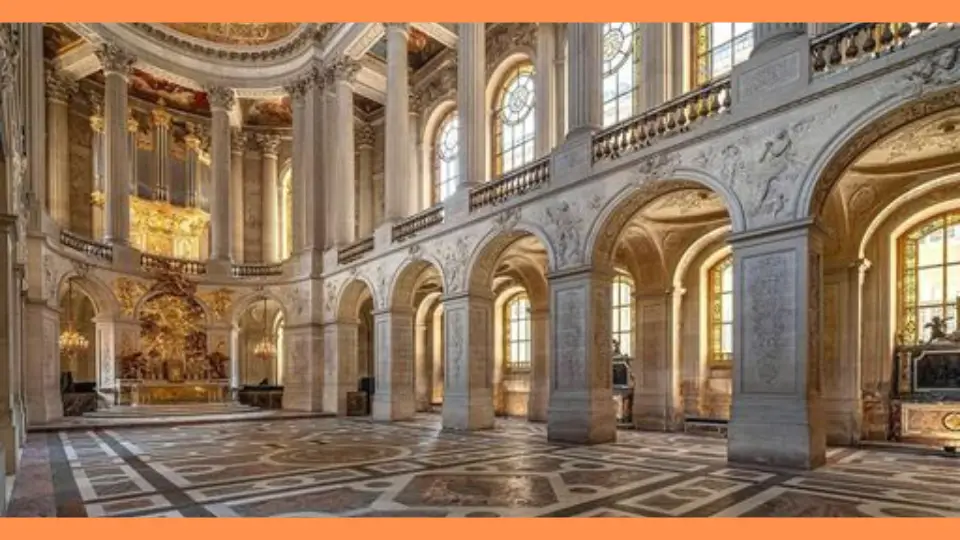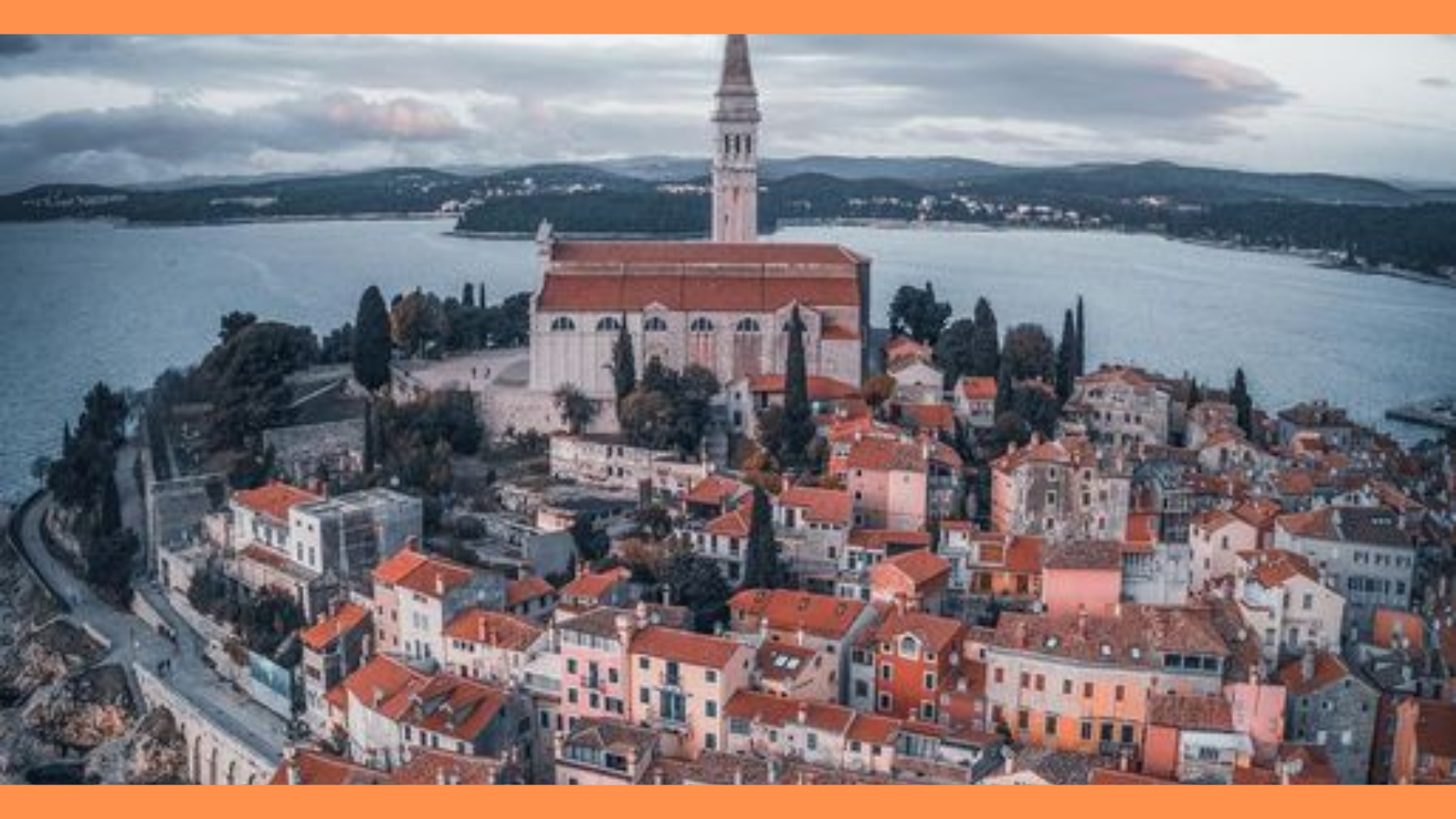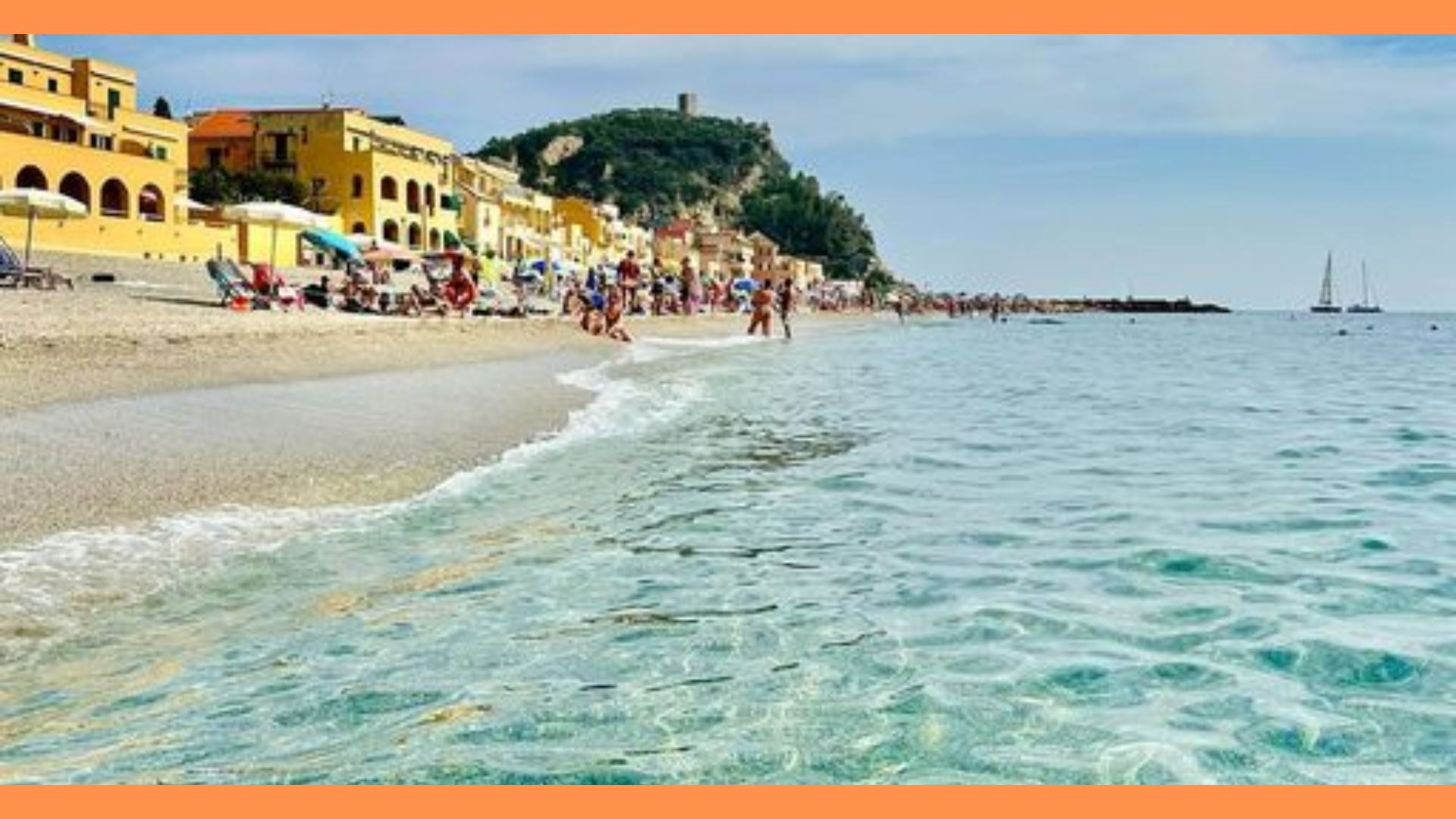Lot is a captivating destination where historical charm and natural beauty blend seamlessly with rich culinary traditions. From the iconic sights of Rocamadour and Saint-Cirq-Lapopie to the geological marvels of the Gouffre de Padirac, the department offers a diverse range of attractions.
The region’s cuisine, featuring dishes like Confit de Canard, Cassoulet, and Roquefort cheese, provides a delicious exploration of local flavors and traditions. With its vibrant markets, renowned restaurants, and festive food events, Lot presents an immersive experience for travelers seeking to discover both its cultural and gastronomic treasures.
I. Travel Destinations in Lot
The Lot department in southwestern France offers a rich tapestry of historical and natural attractions. Visitors can explore the stunning cliffside village of Rocamadour, known for its pilgrimage site and dramatic views. The medieval charm of Saint-Cirq-Lapopie, perched on a cliff above the Lot River, provides a picturesque experience with its ancient streets and local galleries.
A. Introduction to Lot
The Lot department, located in the Occitanie region of southwestern France, is a region known for its picturesque landscapes, rich history, and charming towns. This area, which takes its name from the Lot River flowing through it, is characterized by rolling hills, lush valleys, and a unique blend of historical and natural attractions.
The department offers a diverse range of experiences for visitors, from exploring ancient villages and medieval fortresses to discovering stunning natural wonders and savoring local gastronomy. Lot’s historical significance and its well-preserved heritage make it an intriguing destination for travelers seeking both cultural enrichment and scenic beauty.
B. Major Attractions
- Rocamadour
Rocamadour is one of the most iconic and visited sites in the Lot department, renowned for its dramatic cliffside setting and historical significance. This medieval village, perched precariously on the edge of a rocky outcrop overlooking the Alzou River valley, has been a major pilgrimage destination since the Middle Ages. The site is famous for its Sanctuary of Rocamadour, which includes the Chapelle Notre-Dame housing the Black Madonna, a revered relic of religious significance.
Visitors to Rocamadour are captivated by its stunning views, historic architecture, and the winding streets that lead up to the sanctuary. The village’s narrow, cobbled lanes are lined with charming shops, cafes, and traditional houses, offering a glimpse into its medieval past. The town’s panoramic vistas of the surrounding valley and the dramatic cliffs upon which it sits make Rocamadour a truly memorable destination.
- Saint-Cirq-Lapopie
Saint-Cirq-Lapopie, a medieval village perched on a cliff overlooking the Lot River, is often cited as one of France’s most beautiful villages. Its striking location and well-preserved historical architecture make it a must-visit destination for history enthusiasts and nature lovers alike. The village’s cobbled streets are lined with ancient stone houses, artisan shops, and galleries, creating a picturesque setting that feels like a step back in time.
The village’s historical significance is reflected in its architecture, with buildings dating back to the 13th century. The Church of Saint-Cirq-Lapopie, with its Gothic design and commanding position on the hilltop, is a focal point of the village and offers panoramic views of the surrounding landscape. The village’s charm is further enhanced by its vibrant arts scene, with numerous galleries showcasing the work of local artists and artisans.
- Gouffre de Padirac
The Gouffre de Padirac is one of the most impressive natural attractions in the Lot department. This vast underground cave system features a spectacular network of caverns and tunnels, including an underground river that visitors can explore by boat. Discovered in the 19th century, the Gouffre de Padirac is renowned for its dramatic geological formations, including stalactites, stalagmites, and towering columns.
Visitors to the Gouffre de Padirac can embark on guided tours that take them through the cave’s various chambers, offering a chance to marvel at its otherworldly beauty. The boat tour along the underground river provides a unique perspective on the cave’s formations and allows visitors to appreciate the sheer scale of the subterranean landscape. The combination of natural wonder and geological significance makes the Gouffre de Padirac a highlight of any visit to the Lot department.
- Cahors
Cahors, the capital of the Lot department, is a historic city with a rich cultural heritage and a vibrant local atmosphere. The city’s historic center is characterized by its medieval architecture, including the famous Pont Valentré, a fortified bridge that has been a symbol of Cahors since the 14th century. The Pont Valentré is notable for its distinctive towers and defensive features, reflecting the city’s historical importance as a strategic crossing point on the Lot River.
Another key attraction in Cahors is the Cahors Cathedral, a Romanesque structure renowned for its impressive architecture and historical significance. The cathedral’s interior features beautiful stained glass windows and intricate carvings, adding to its allure. The city’s local markets, held regularly in the central square, offer a lively and colorful experience where visitors can sample local produce and regional specialties.
- Figeac
Figeac is a charming town with a rich historical and cultural heritage, situated in the Lot department. The town’s historical landmarks include the Champollion Museum, dedicated to Jean-François Champollion, the scholar who deciphered the Rosetta Stone. The museum showcases Champollion’s work and provides insights into the history of ancient Egypt, making it a fascinating destination for history and archaeology enthusiasts.
Figeac’s historic center is characterized by its well-preserved medieval architecture, including the Church of Saint-Sauveur and the Maison de la Monnaie, a former mint building. The town’s narrow streets and picturesque squares create a welcoming atmosphere, and visitors can explore local shops, cafes, and restaurants offering regional cuisine.
- Puy-l’Évêque
Puy-l’Évêque is a picturesque village located along the Lot River, known for its scenic beauty and historical charm. The village’s medieval architecture, including its ancient stone houses and narrow streets, creates a delightful atmosphere for visitors. The village’s historical significance is reflected in its architectural landmarks, such as the Church of Saint-Sauveur and the remains of the old city walls.
- Sauveterre-la-Lémance
Sauveterre-la-Lémance is a small village in the Lot department known for its picturesque setting and historical significance. The village’s architectural highlights include its ancient stone buildings, traditional houses, and historical landmarks. The village’s layout and design reflect its historical development, offering visitors a glimpse into its past.
II. Cuisine of Lot
The cuisine of Lot reflects the region’s agricultural richness and culinary traditions. Signature dishes include Confit de Canard, a tender duck leg slow-cooked in its own fat; Cassoulet, a hearty stew featuring beans, pork, and sausages; and Truffade, a comforting dish of sautéed potatoes with melted cheese. Roquefort cheese, a famous blue cheese produced nearby, adds a tangy flavor to many dishes.
A. Introduction to Lot Cuisine
The cuisine of the Lot department in southwestern France is deeply rooted in its agricultural and culinary traditions. Influenced by the region’s fertile land, rich history, and abundant natural resources, Lot’s gastronomy is characterized by its emphasis on local ingredients and traditional recipes. The cuisine is a delightful reflection of the region’s cultural heritage, offering a variety of flavors and dishes that highlight the quality and diversity of local produce. From hearty meats and rich cheeses to fresh vegetables and distinctive wines, the food of Lot provides an authentic taste of southwestern French culinary traditions.
B. Signature Dishes
- Confit de Canard
Confit de Canard, or duck confit, is a classic dish of French cuisine that has become a staple in the Lot department. This dish features duck legs that are slowly cooked in their own fat until tender and flavorful. The slow-cooking process results in meat that is succulent and easily pulled from the bone, with a crispy, golden skin. Confit de Canard is traditionally served with hearty accompaniments such as roasted potatoes, sautéed vegetables, or a fresh salad.
The preparation of Confit de Canard involves seasoning the duck legs with salt and spices, then cooking them slowly in duck fat at a low temperature. This method not only preserves the meat but also enhances its flavor. The dish is a testament to the region’s expertise in preserving and enhancing local ingredients through time-honored techniques. Enjoying Confit de Canard is a flavorful experience that showcases the depth of Lot’s culinary heritage.
- Cassoulet
Cassoulet is a hearty, slow-cooked stew that epitomizes the rustic flavors of southwestern France. Originating from the Languedoc region, this dish is also popular in Lot and reflects the region’s emphasis on rich, comforting foods. Cassoulet typically includes a combination of white beans, pork, sausages, and sometimes duck or lamb. The ingredients are cooked together for several hours, allowing the flavors to meld and develop a deep, savory taste.
The preparation of Cassoulet involves layering the ingredients in a pot and cooking them slowly until the meat is tender and the beans are flavorful. The dish is often topped with a breadcrumb crust to add texture and a crispy finish. Cassoulet is traditionally served as a main course and is perfect for sharing with family and friends. Its hearty nature makes it a beloved dish during colder months and festive occasions.
- Truffade
Truffade is a traditional dish from the Auvergne region that has become a favorite in the Lot department as well. This dish features sautéed potatoes and cheese, typically Cantal or Salers, which are melted and mixed with the potatoes to create a rich, creamy dish. The potatoes are first cooked until golden and crispy, then combined with the cheese and cooked until the cheese is fully melted and blended with the potatoes.
Truffade is a comforting and flavorful dish that highlights the region’s cheese-making traditions. It is often served with a side of salad or charcuterie, providing a well-rounded meal that combines the richness of the cheese with the heartiness of the potatoes. The dish’s simplicity and robust flavors make it a popular choice for both casual and formal dining.
- Roquefort Cheese
Roquefort cheese, one of France’s most famous blue cheeses, is produced in the nearby Roquefort-sur-Soulzon and has strong connections to the Lot department. This cheese is made from sheep’s milk and is aged in the natural caves of Roquefort, where it develops its distinctive blue veins and tangy flavor. Roquefort cheese is known for its creamy texture and sharp, spicy taste, which comes from the Penicillium roqueforti mold used in its production.
Roquefort is often enjoyed on its own or as part of a cheese platter, but it can also be used in a variety of dishes, from salads and sauces to spreads and dressings. Its strong flavor pairs well with fruits, nuts, and crusty bread, making it a versatile ingredient in both savory and sweet dishes. Roquefort cheese is a testament to the region’s rich cheese-making tradition and its emphasis on high-quality, artisanal products.
- Foie Gras
Foie gras is another luxurious ingredient that plays a significant role in the cuisine of Lot. This delicacy is made from the liver of a duck or goose that has been fattened through a specific feeding process. The liver is then prepared in various ways, including pâté, mousse, or terrine. Foie gras is prized for its rich, buttery texture and complex flavor, making it a sought-after ingredient for special occasions and gourmet dining.
In Lot, foie gras is often served as an appetizer or as part of a festive meal. It can be enjoyed on its own, accompanied by toast or brioche, or incorporated into dishes such as salads, sauces, or terrines. The preparation and consumption of foie gras reflect the region’s dedication to high-quality ingredients and traditional culinary practices.
- Walnut-Based Dishes
Walnuts are a prominent ingredient in the cuisine of Lot, thanks to the region’s favorable climate for walnut cultivation. Walnut-based dishes are common in Lot, and the nuts are used in a variety of recipes, from savory to sweet. One popular dish is walnut cake, which combines ground walnuts with flour, sugar, and eggs to create a rich and nutty dessert. Another notable preparation is walnut sauce, which is used to enhance meats, pastas, and vegetables.
Walnuts also play a significant role in the local economy, with many producers and farmers focusing on walnut cultivation. The nuts are often featured in local markets and culinary festivals, where visitors can sample and purchase walnut-based products. The use of walnuts in Lot’s cuisine highlights the region’s commitment to utilizing local ingredients and preserving traditional food practices.
The cuisine of Lot reflects the region’s rich agricultural heritage, emphasis on local ingredients, and dedication to traditional culinary practices. From hearty dishes like Confit de Canard and Cassoulet to luxurious ingredients like Roquefort cheese and foie gras, Lot’s gastronomy offers a diverse and flavorful experience. The local markets, renowned restaurants, and food festivals further enhance the culinary landscape, providing visitors with ample opportunities to savor the region’s authentic flavors and traditions. Whether exploring the local cuisine or participating in cultural events, Lot offers a memorable gastronomic journey through southwestern France.


